Let me just start off by saying that there is no real instruction manual on how to do this, and if you do try this method, on your own head be it…
Since I started my journey in photography some 5 and a half years ago, I have always felt more of a pull towards high contrast, grainy black and white images. Colour has never really connected with me. I guess the love started when digging out a few of my grandad’s old prints that were laying around the house. My grandad’s old prints felt timeless with the chunky grain in both colour and black and white which was probably from being thrown into a overheated developer pool in some pharmacy somewhere. That was the first taste of photography I ever witnessed, so I guess you could say I have a bias towards it.
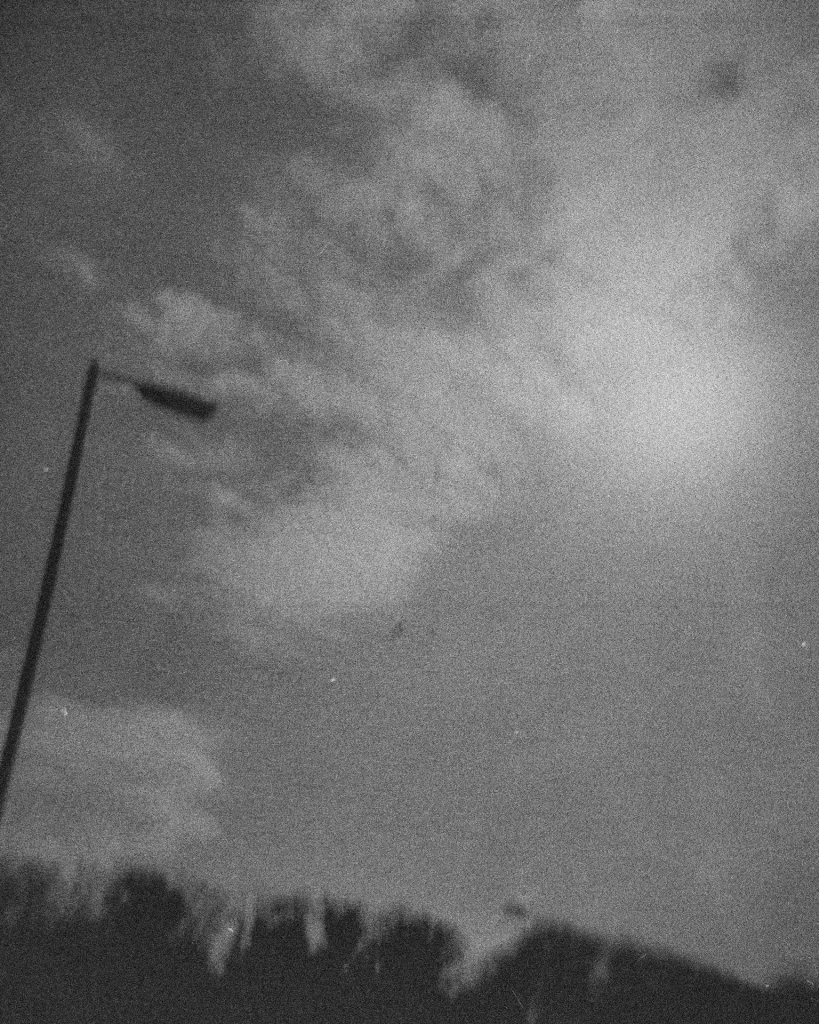
The love for high contrast and heavy grain also stems from my love of Japanese photographers such as Daisuke Yokota, Daido Moriyama and Ikko Nahara, as well as other photographers such as Josef Koudelka, Ed Van Der Elsken and countless other contemporary photographers.
Due to certain film emulsions not being available, the look and style that some of these photographers had is now quite hard to come by, so anyone who wants to achieve this look will now have to resort to different tactics, pushing film, cold developing film and in my case “hot developing”.
“Hot developing” (which is a working title) is the process of developing a roll of film hotter than the normal ~20 degrees. This isn’t necessarily an exact science, some films have a higher tolerance than others. Cheaper films can sometimes look better, but when put under the strain of fast developing times they can also sometimes fall apart – I have even had film literally come apart.
Personally when doing this I use Ilford HP5+ due to its high latitude, using Kodak has proved pretty inconclusive in the past.
Believe it or not there is some sort of method to this madness. There are developers that increase grain naturally, with the most used possibly being Rodinal. This is what I use normally – mostly people stick to 1:25 or 1:50, I use a mixture of 1:10. I have also tried to develop film in paper developer with no results to write home about.
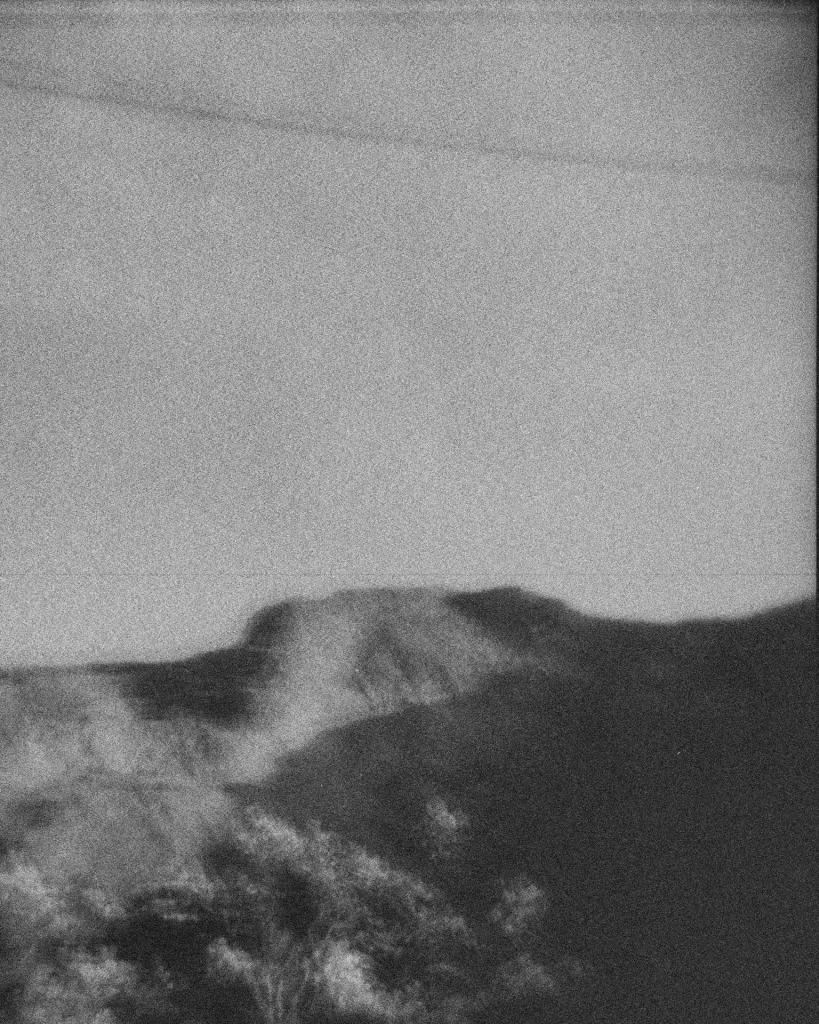
There is also the agitation of the film itself, I agitate quite heavily whenever I develop film because I like contrast and it also speeds up development time.
Even the choice of camera is involved in the method. Quite recently I have been using a Holga toy camera, this little crude hunk of plastic has provided me with some of the best shots I have ever taken, the lens only opens up to f/8 and the shutter speed is not more than an estimated 1/100th of a second (some users say the same and some don’t).
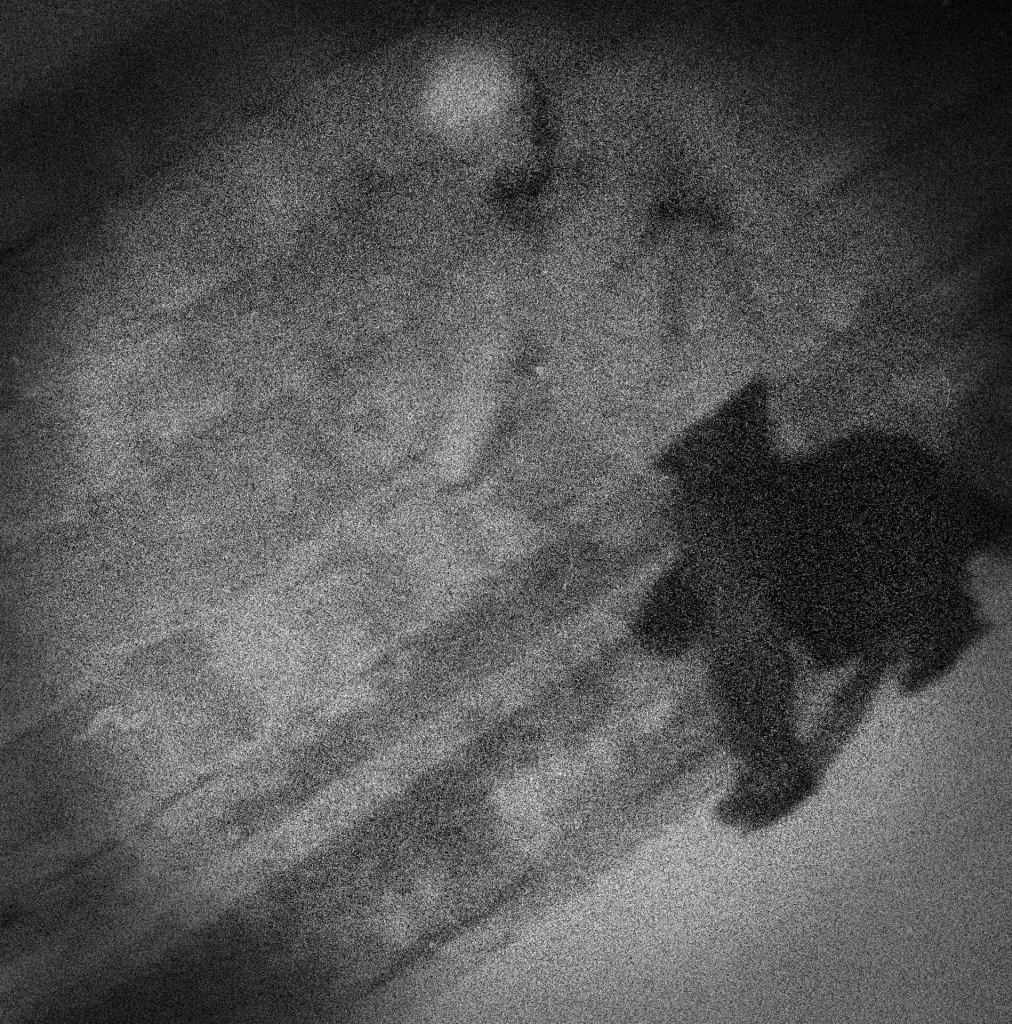
Some of the images you see were picked out of two rolls of HP5+ that were developed at 30 degrees in Rodinal 1:25 for about 3-4 minutes which is fast seeing as I pushed the film to 800; normally it would be double that time. This is truly a testament to the endurance that HP5 can really take so good on Ilford for making a film like that!
These images chosen are all part of a little project that I’m going to make into a book one day hopefully, shot all on the Holga. It’s about turning ordinary landscapes into dreamscapes and in some cases, hellscapes.
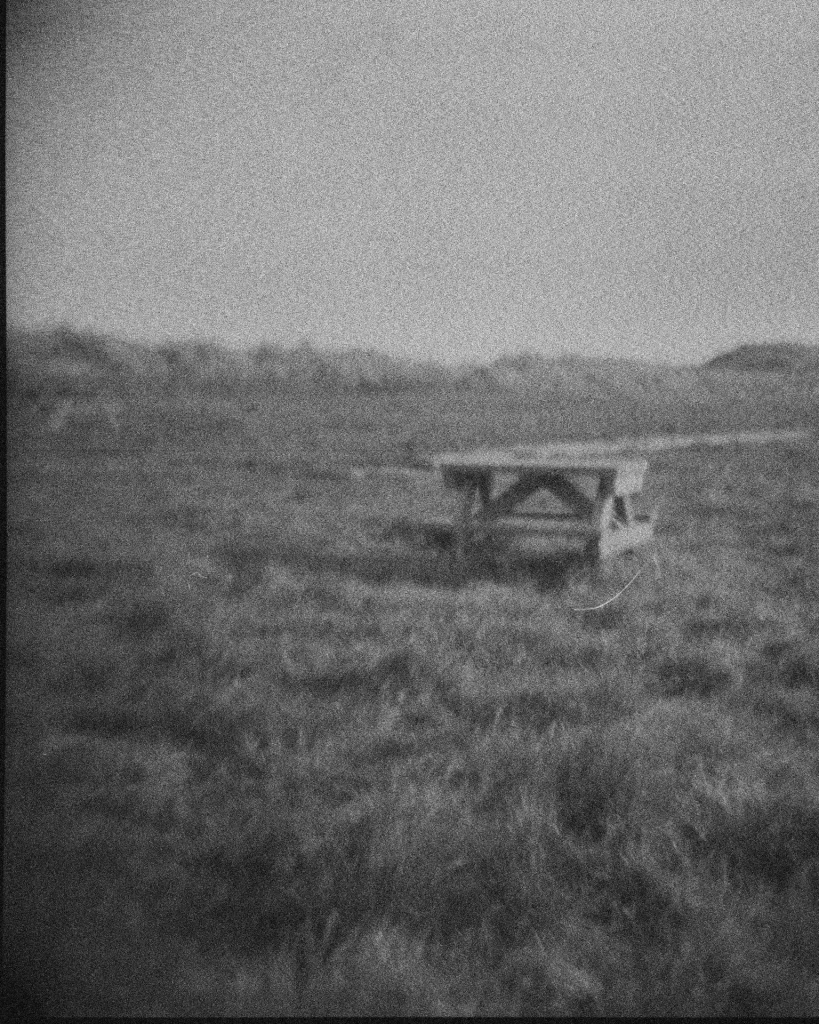
All this is why I think it is necessary to push my film to the absolute limit, if you try it yourself, you’ll be extremely surprised by how far your film can go. It also tests you as a photographer, it’s so easy to get stuck in the mud if you don’t try to switch up the game a little bit.
For all this said, If you take on any sort information I have drivelled on about in this post, just make sure it is this: “USE CAUTION”. This is not something I would do with important rolls of film, these rolls were all personal to me and that’s why I could afford a bit of heartbreak if they messed up. This type of processing is quite temperamental, it’s unlikely that you won’t get anything at all but once you have done this, there is no going back, so just take that into consideration.
But, if you are happy with the risk, give it a go! Check your temperature, agitate heavily, wear gloves and have a good time with it. The good thing about photography is that there isn’t just one way to do any of it. Photography gives us the freedom to experiment and to grow as photographers, and that’s what it’s all about really.
If you have any questions about it my inbox is always open for conversation! You can reach me through my Instagram @tymcbridephotography.
Thanks for reading!
Share this post:
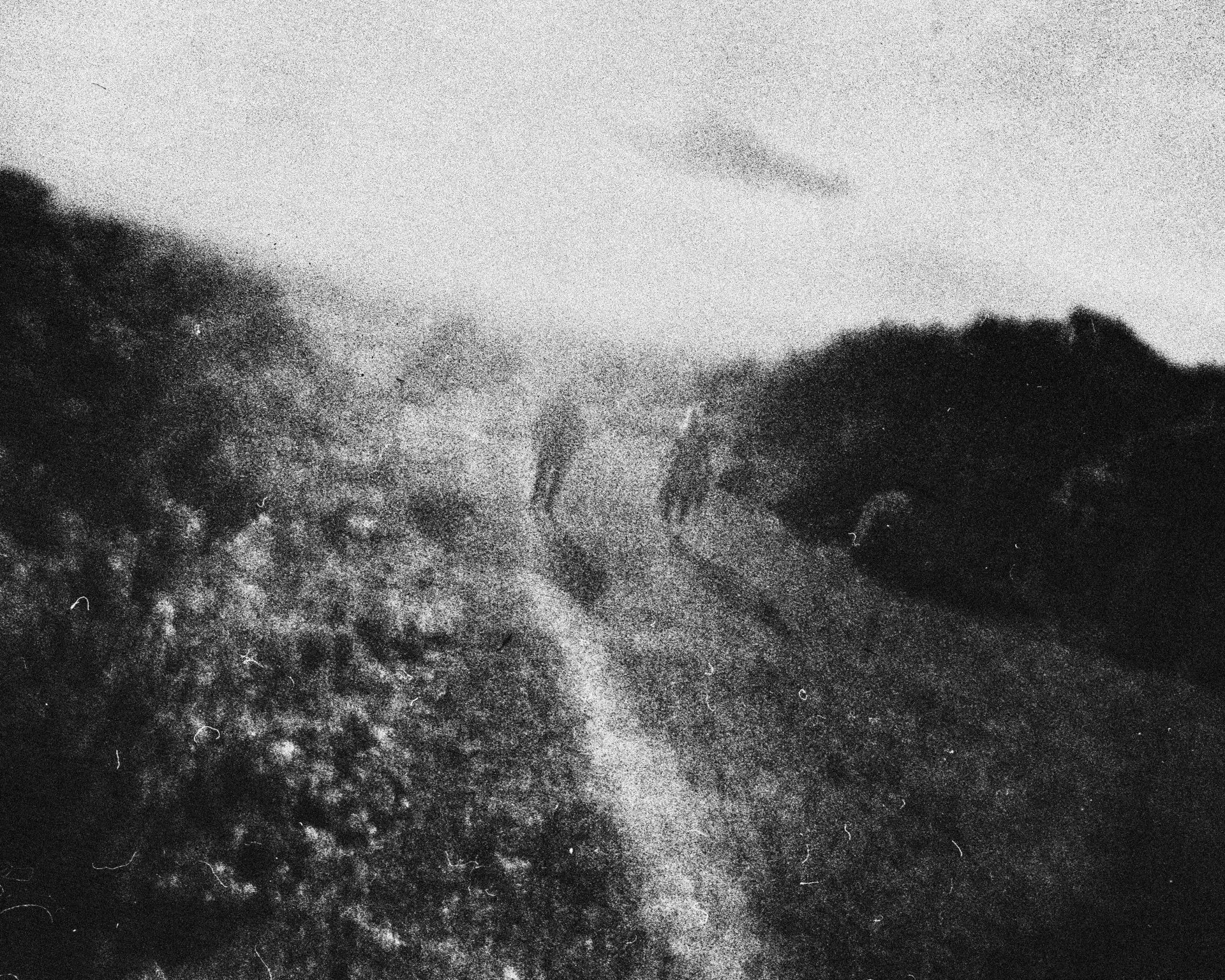








Comments
Nik Stanbridge on Making Dreamscapes by Developing Film at 30 Degrees – By Tyrell McBride
Comment posted: 20/05/2021
Comment posted: 20/05/2021
Gary Kuhlmann on Making Dreamscapes by Developing Film at 30 Degrees – By Tyrell McBride
Comment posted: 20/05/2021
Comment posted: 20/05/2021
Comment posted: 20/05/2021
Tyrell McBride on Making Dreamscapes by Developing Film at 30 Degrees – By Tyrell McBride
Comment posted: 21/05/2021
I’m glad to speak to a fellow holga user! Most of the time I do not adjust my film to the heat because realistically I have never had any sort of wacky ethereal images come from this, but what I would recommend you to do is adjust your time accordingly and build a base and go from there! I’ve been doing this sort of experimentation for a while so I sort of know what grounds to follow up on! Hope this helps!
Create & Release 04: My Platform, My Choice - Jeffery Saddoris on Making Dreamscapes by Developing Film at 30 Degrees – By Tyrell McBride
Comment posted: 03/06/2021
Dan Mountin on Making Dreamscapes by Developing Film at 30 Degrees – By Tyrell McBride
Comment posted: 16/09/2022
Like you, I think grain rocks and also like less contrast. This is a throwback to my Punk days in the late '70's when I took thousands of of raw, harsh and very high grain shots of the bands in local Punk scene. My camera was a Canon TLb and my go-to film at the time was Tri-X pushed to 1600 and occasionally higher or Kodak 2475 Recording film when I could get my hands on it. The 2475 was a fantastic film and was even more high contrast and high grain than Tri-X. Too bad, it's no longer produced, because it was an epic film!
Today, I've "regressed" back to my Punk days and am trying to recapture that same look in my shots. My camera of choice is an old Argus A2B from 1939, with a 2-position focus, 50mm f4.5 Triplet lens loaded with HP5. I modified mine so I can attach ND filters and typically meter my shots at ISO1600 using a Light Meter on my phone.
Now, because of your article, I'm going start experimenting with your unorthodox developing techniques! As long as I've been doing this, it never, ever occurred to me! I have to thank you for teaching an old man a new trick and inspiring me to think outside the box!
Comment posted: 16/09/2022